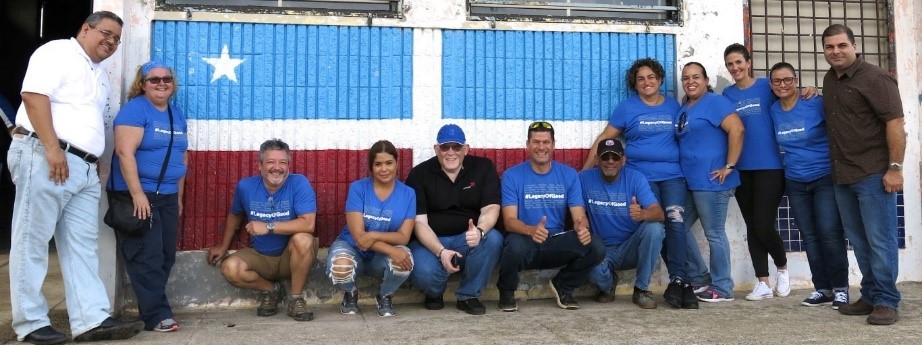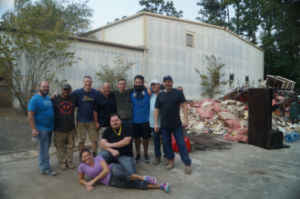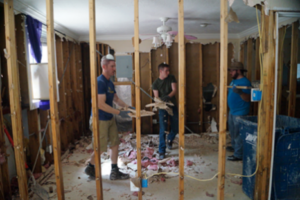How Dell Global Command Centers prepare for disruption and delivers when disaster strikes.
Sometimes, dealing with the distractions of day-to-day operations and issues, it is hard to think about the need for long-term planning for business continuity in the case of a major event – natural disaster or otherwise. Working with our support teams at Dell, it’s something I think about all-day, every-day.
To provide the best to our customers, I ask myself:
- How can we help our customers prepare?
- How can we put the best people, processes and technology in place to proactively minimize risk?
- How quickly can we mobilize teams ahead of impact?
- How can we get ‘boots on the ground’ to evaluate damage and provide support, and help begin normalizing operations in relative safety?
Often these contingencies need to be evaluated quickly, while we’re also dealing with the personal complications of avoiding catastrophe.
Harvey, Irma, and Maria
As a native Texan, last year’s disaster preparation was brought extremely close to home. As we braced for Hurricane Harvey and vigilantly watched Irma move through Florida, then Jose and Katia in Mexico we were humbled by the sheer magnitude and violence Maria unleashed in Puerto Rico. The degree of destruction was incomprehensible, and this only includes the events in North America.
The center of Dell’s response to any major event like a natural disaster or security threat is our network of Global Command Centers. We combine proactive monitoring and communications with predictive, automated analysis to help prevent issues and improve responsiveness, speed issue resolution and minimize risk – to people and to businesses.

In the case of Hurricane Harvey, 72 hours before the storm hit, the Global Command Center began mobilizing resources and proactively contacting customers.

Our goal is always to get everyone back up and running as quickly as possible. Dell was the first major technology provider to restart part shipments, by land and air, and deliveries in the area impacted by Harvey.
Team members visited customer sites to evaluate and assess equipment and provide technical troubleshooting. For consumer customers, in addition to our existing customer phone support numbers, we opened walk-in centers to provide them with support.

In addition to their sense of professional commitment, Dell team members also stepped up personally with their time, monetary and supply donations, and in some cases even taking personal leave to travel with relief organizations to impacted areas. Around the world in 2017, 3,500 Dell team members volunteered their time, performing more than 23,000 hours of service and overall employee donations to local relief organizations exceeded $630 million dollars with corporate matching. The efforts we witnessed around us were nothing less than extraordinary.
The process to rebuild homes, communities and businesses is long, slow and expensive. We must continue to explore ways we can use technology to improve future disaster preparedness and expand our role in with long-term rebuilding.


